Causal Marketing Mix Modeling
Sellforte measures incremental sales driven by marketing with Causal Marketing Mix Modeling. Our models are calibrated with incrementality tests and attribution data to achieve a radical increase in accuracy and reliability.
Measure the Incremental Sales Driven by Marketing
It's time to transition from attribution to Incrementality. Sellforte's solution, combining Causal Marketing Mix Modeling and Incrementality tests, provides you the true incremental sales driven by marketing. Incrementality-based measurement helps you drive growth and improve marketing ROI.
How does Marketing Mix Modeling work?
Marketing Mix Modeling, or MMM, is an approach for estimating marketing’s incremental sales impact and ROI through time-series analysis. The model learns sales impact of each channel by analysing historical data on marketing activities and sales. As an output, MMM provides
- Base sales: Sales you would get without marketing
- Incremental sales driven by marketing
- Incremental sales driven by promotions
- ROI for each channel and campaign
- Response curves
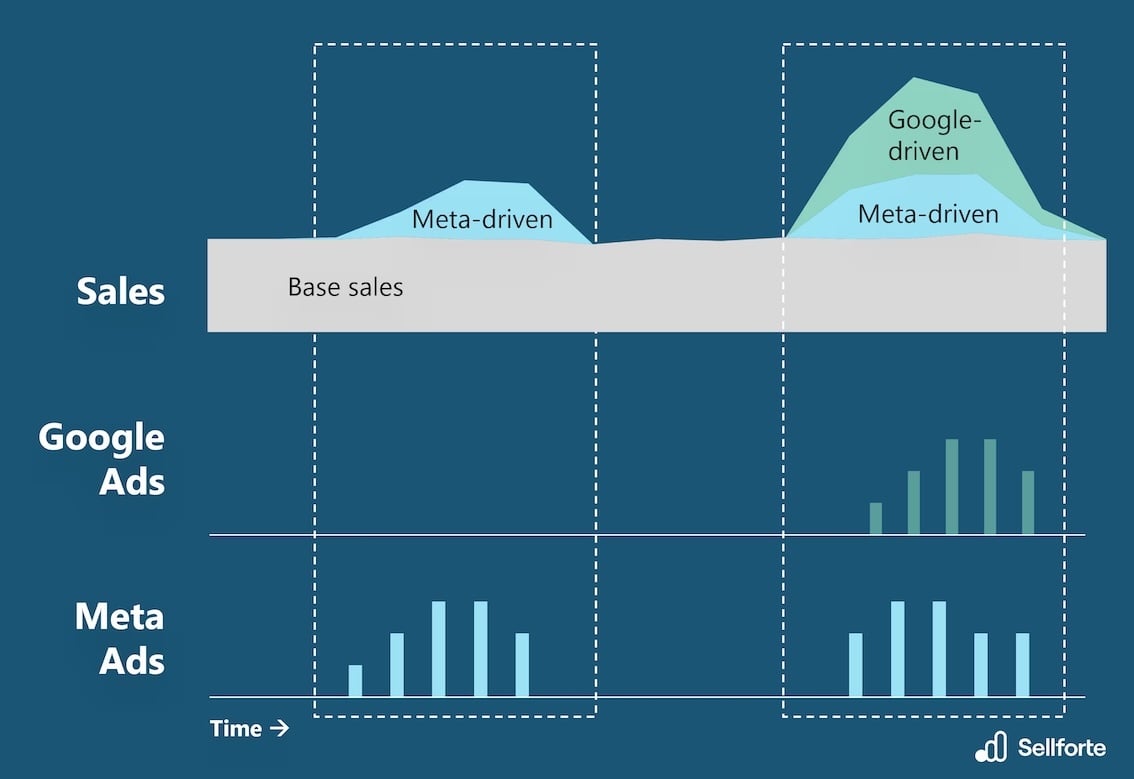
Learn the basic concepts in MMM and Incrementality measurement
Sellforte's Marketing Mix Modeling is...
1. Causal
Sellforte's Marketing Mix Models leverage best practices in causal inference. This increases the quality of modeling results, and enables more robust optimization of marketing spend.
Read more about Causal MMM in our blog What is Causal Marketing Mix Modeling?
2. Bayesian
Sellforte’s Marketing Mix Models are built with the Bayesian approach, which is broadly considered as the golden standard in the industry.
Bayesian modeling brings many benefits over legacy approaches and is particularly good at handling the noise inherent in MMM datasets. Bayesian models leverage “priors”, which are a method for providing the model external information on marketing’s effectiveness, and enable model calibration.
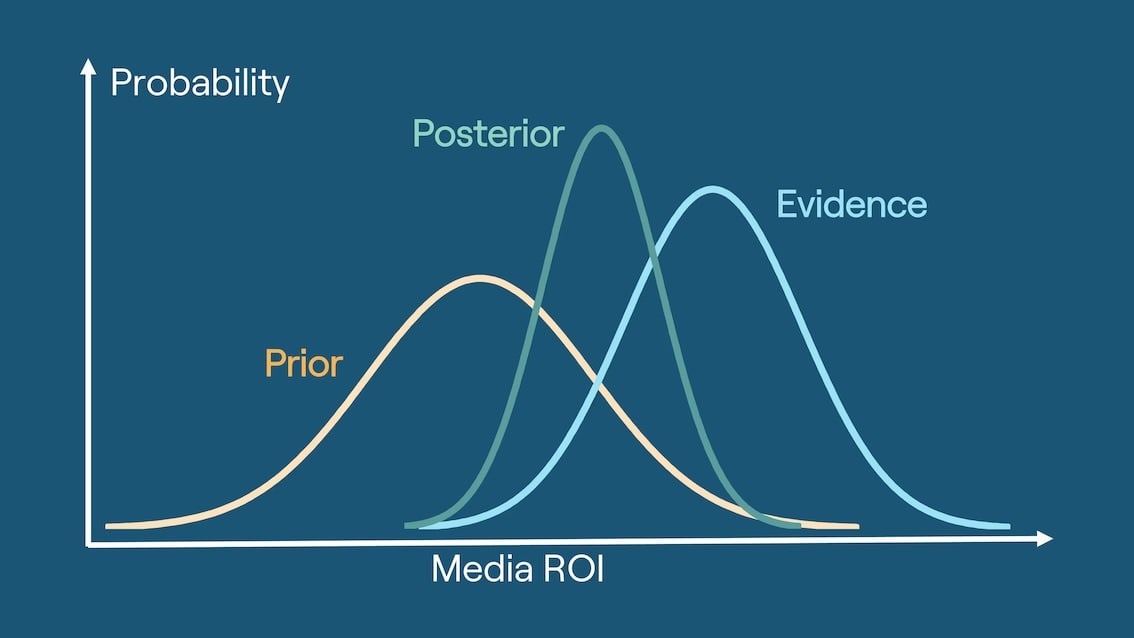
3. Calibrated
Sellforte’s Next Generation MMM solution leverages model calibration to deliver accurate and granular ROI estimates. Over the years, we have built a comprehensive calibration framework that can use two types of data:
- Incrementality tests: Conversion lift studies, Geo lift tests, Shutdown test
- Attribution data: Ad platform attribution, Google Analytics 4, Multi-touch attribution
Read more about our calibration framework in out blog Calibrating Marketing Mix Models with Experiments and Attribution data

4. Built for Retail, eCom, and DTC brands
Measuring the true performance of a marketing campaigns in Retail and eCommerce can be complex. While you're executing the campaign, there can be strong seasonality patterns, promotional activity and even weather can influence sales during the campaign.
Being able to measure the true incremental sales impact of media in such conditions requires specialized capabilities, which Sellforte has built over the years by working with top tier retailers and large eCommerce brands.
Ensuring Quality with Model Validation
Statistical validation
More than half of Sellforteans are data scientists, and we put a lot of focus on ensuring high quality modeling results to our customers. Focus on quality can been seen throughout the modeling pipeline: collecting high quality data using data connectors and standard data schemas, preparing the data for modeling with advanced processing algorithms, leveraging best available modeling techniques, calibrating the model with all available ROI information, and in the end, validating the model.
We leverage several standard tests to validate the statistical performance of the model. For the users, we have built a model validation view in the Sellforte platform, which includes various validation charts, such as actual vs predicted sales, and select validation metrics, such as MAPE (Mean Absolute Percentage Error) and R2.
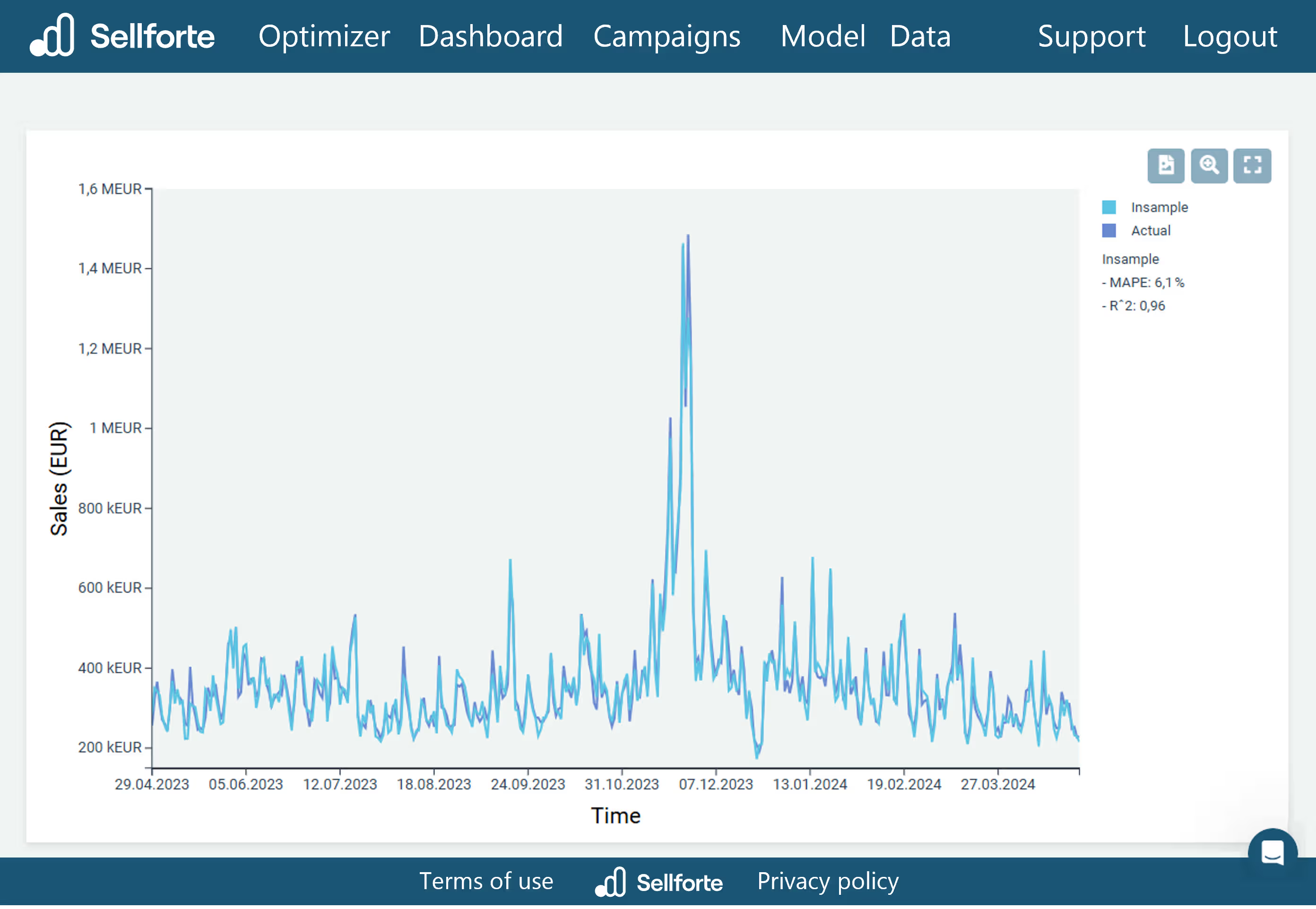
Output validation
Statistical validation is rarely sufficient for ensuring high quality of modeling results. Your model can show green in statistical tests, but generate non-sensical results.
Sellforte's uses output validation in the modeling workflow. Output validation includes comparing model outputs by to all available secondary data, including incrementality tests and attribution data. Other examples of output validation include
- Stability checks: Do the modeling results fluctuate in model updates
- Forecast accuracy: Is the model good at predicting future outcomes
To see an example of incrementality test -based validation, check our case study with BrandAlley: Validating Marketing Mix Model with Meta Conversion Lift Studies.
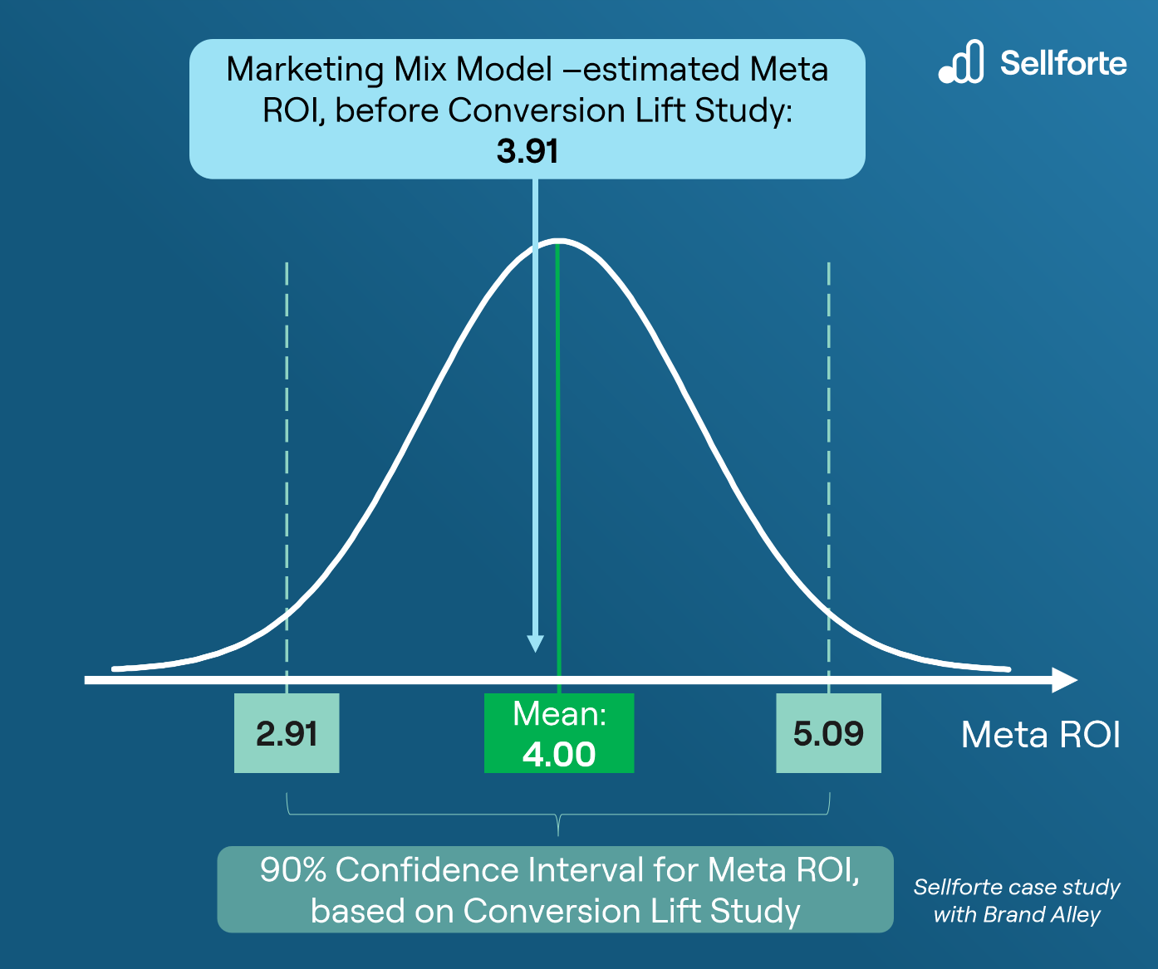
FAQ
Incrementality in marketing refers to the concept of quantifying the actual sales lift originating from investments to media, in contrast to sales driven by other factors, such as seasonality, promotions or organic demand. Incrementality-based measurement provides marketers an estimate how much additional revenue each channel and campaign have been driving.
Learn more about Incrementality in our blog What is Incrementality in Marketing?
Marketing Mix Modeling (MMM) is a time-series method for estimating how different media channels drive sales of the company. MMM provides marketers with ROI (Return on Investment) for all channels and campaigns, as well as tools to optimize media budget allocation to increase sales and profits.
Read more about MMM in our guide: What is Marketing Mix Modeling (MMM)? A Complete Guide.
Geo lift tests are a form of incrementality test, which determines the incremental impact of advertising by comparing geographical regions exposed to a campaign (test areas) with similar regions that are not exposed (control areas). By isolating specific geographic locations and running a campaign only in the test markets, marketers can assess how much of the observed sales lift is directly attributable to the campaign rather than external factors. Geo Lift test results can be used to calibrate Marketing Mix Models for increased robustness. Sellforte's Geo Lift module helps marketers analyse Geo Lift test results.
Conversion Lift Studies are ad platform -specific incrementality tests, that can help evaluate incrementality of advertising on the platform. Conversion Lift Study results can be used to calibrate Marketing Mix Models for increased robustness.
